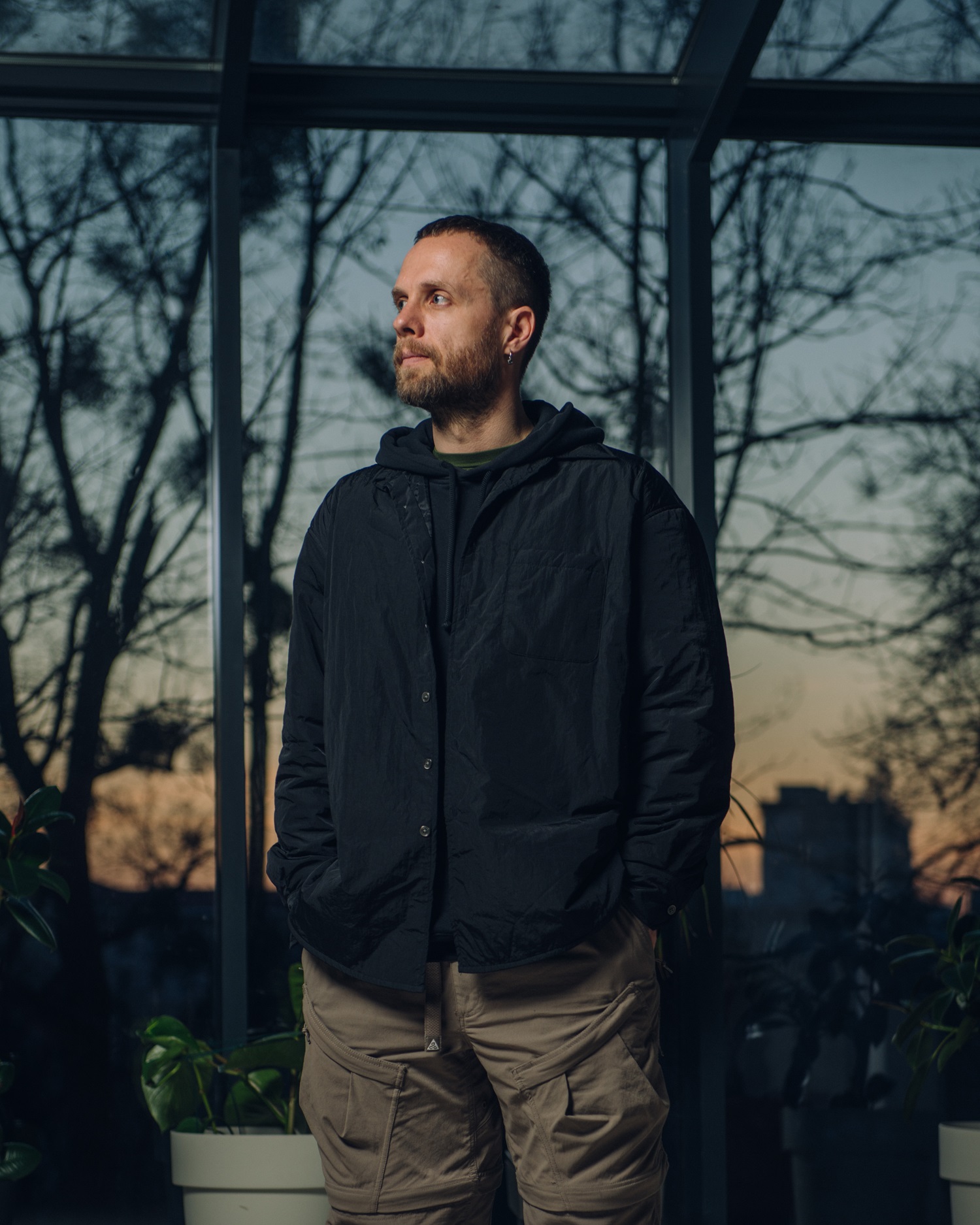In the wake of Russia's invasion of Ukraine, the village of Stary Bykiv near Chernihiv was left battered and broken. Homes were reduced to piles of bricks and mangled metal by missile strikes. But from this devastation, an innovative project shows how smart design can help communities rebuild stronger than before.
“When we started, we did a lot of research on technologies. We decided to go with the wooden frame houses technology used in the United States and Northern Europe. We understand now why Americans use this technology after hurricanes and natural disasters: they need to reconstruct quickly”. Andrii Titarenko explains
“This technology makes the reconstruction super quick. We don't need to use heavy equipment like tracks but only wood and people who can build. And we construct inside the villages”.
He is one of the founders of the non-profit organization District #1, which has constructed 26 new detached, energy-efficient wooden houses in Stary Bykiv over just six months! Thirteen houses replaced those destroyed for local families, allowing them to remain in their community. The other 13 provide new homes for internally displaced Ukrainians who lost everything to the war.
But this is more than just putting roofs over heads. Andrii is one of the key persons behind the initiative: “I woke up at 10 am on February 22 and understood that I was too late to evacuate. So, I stayed in Kyiv, and I decided that I should do something for my people. Before the war, I was a marketing manager in big companies and had vast experience in rolling big marketing and project management teams”.
The key innovation is simple but powerful - permanent houses are no more expensive than temporary shelters if you account for all the recurring costs of housing displaced people over the years. District #1 calculated that each family's temporary housing, food, and living expenses over one year would cost over $30,000. For the same one-time $30,000 investment, they could build a fully-equipped 540-square-foot wood-frame house on land donated by the village. The house designs maximize natural light and ventilation while minimizing energy use. Each has its garden plot for growing food. The interiors feel bright and spacious rather than dark and cramped like temporary shelters are.
Andrii explains how District #1 operates: “We have an engineering team, architects, and project managers we have the capacity of a non-profit development company. That allows us to prepare projects in-house. So, we only hire construction companies through transparent procurement procedures to do the construction work.” District #1 doesn’t just drop new houses into villages hit by the war. They wove the resettled families into the social and economic fabric of the community. Some are hired to help build the houses, others provide employment and skills training. The new residents fill gaps in crucial village roles like healthcare and education left by those who fled during the fighting.
“We want people to come back after the war. People need critical infrastructure to return, to have a roof above their heads, and to find work. That's why we don't only build houses,” says Andrii. The non-profit keeps the ownership of the property for five years to make sure that the family that enters is not going to sell it and relocate but integrate into the local community.
But even so, returning can be dangerous, and preparation takes effort by many. “When we came to the southern regions, we understood that we should work with demining NGOs, because if we reconstruct houses and people come back, they could die from mines or missiles that haven’t exploded. And because villages host farming communities, all streets and fields must be spotless and checked before being attributed to beneficiaries of these programs”.

The non-profit currently works throughout Ukraine, from the Chernihiv, Zaporizhzhia, and Kharkiv regions on the Northern and Eastern sides to the Kherson and Mykolaiv regions in the South, except only the Western regions.
The construction project in Stary Bykiv, located in the Chernihiv region in the east of Kyiv, which was under occupation during the first months of the war, demonstrates how applying smart design principles like sustainability, inclusion, and human-centred thinking to post-disaster rebuilding can catalyze effect. With the successful pilot now complete, District #1 is talking to officials about replicating their model across Ukraine. But something even more important is happening to one of the founders, Andrii Titarenko.
“Sometimes I think that these days of the war are the best days of my life. If anybody told me before the war that I would risk my life to check for mine and help people, I would call him crazy. I was living for myself. Now, every minute of my life, I'm proud of what I'm doing”.
--
This story is part of the Special Feature on the New Bauhaus Awards 2024.
Find out more at the New Bauhaus website:
Better than Shelter: Rebuilding Ukraine: 26 Detached Family houses for IDPs and locals in the village of Staryy Bykov, Ukraine 








 The non-profit currently works throughout Ukraine, from the Chernihiv, Zaporizhzhia, and Kharkiv regions on the Northern and Eastern sides to the Kherson and Mykolaiv regions in the South, except only the Western regions.
The non-profit currently works throughout Ukraine, from the Chernihiv, Zaporizhzhia, and Kharkiv regions on the Northern and Eastern sides to the Kherson and Mykolaiv regions in the South, except only the Western regions.